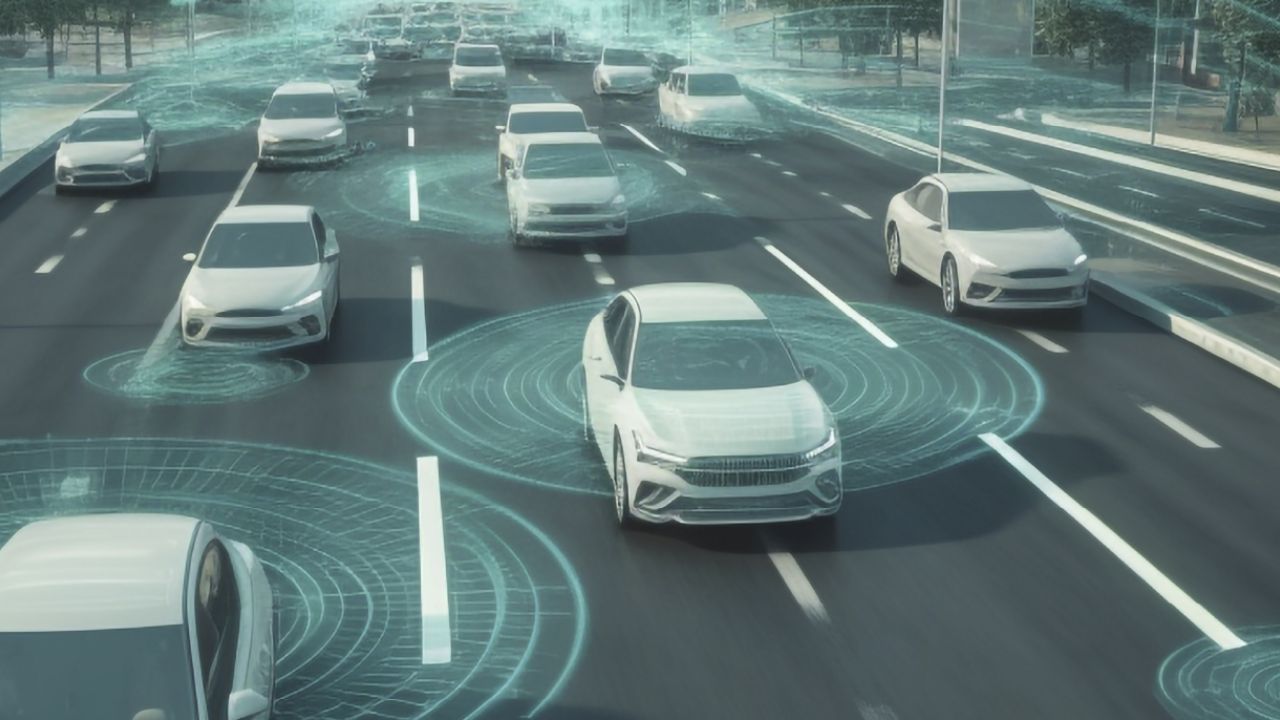Modern transportation depends heavily on smart cars as essential components. Vehicles are being equipped with modern technological systems to enhance driving safety and route efficiency. The SMD Crystal Oscillators stand as a critical component that enables the effective operation of smart cars. The small yet essential device operates as the central component to maintain the accurate performance of vehicle navigation and communication and control systems.
Understanding SMD Oscillators
The exact frequency generation capability of SMD (Surface-Mount Device) oscillators exists in their tiny electronic format. A smart car needs these signals to enable the proper operation of its multiple systems. The direct placement of SMD oscillators onto circuit boards enables them to operate with high reliability and efficiency since they do not need manual placement.
Role in GPS Navigation
A GPS navigation system stands as the primary essential feature that smart cars must incorporate. The navigation system utilizes this technology to provide optimal route selection and traffic avoidance and time-efficient destination delivery. The positioning accuracy of GPS depends on satellite signals, yet any minor timing deviation between them will produce incorrect location results. SMD oscillators serve as the fundamental component for GPS systems because they deliver the exact timing requirements needed for proper operations. The synchronized operation of these oscillators enables smart cars to deliver real-time directions with no time-related inaccuracies.
Improving Vehicle Communication
Through their ability to exchange data with road infrastructure, vehicles, and traffic signals, smart cars achieve both safety improvements and operational efficiency. Wireless networks use stable, accurate frequency signals to enable this communication process. The consistent signals from SMD oscillators enable vehicles to exchange data without any interruptions. The technology enables cars to perform collision warning systems, automatic braking functions, and adaptive cruise control, which results in enhanced driving safety for all users.
Enhancing Sensor Accuracy
Various sensors in modern vehicles track speed while identifying obstacles and helping drivers park safely. The sensors need exact timing measurements to perform their intended functions. SMD oscillators work to preserve accuracy levels, which results in dependable sensor data collection. The accuracy of parking sensor distance measurements determines whether drivers can successfully prevent collisions with objects. The sensors would deliver faulty data, which could trigger accidents if they lack proper timing accuracy.
Advanced Driver Assistance Systems (ADAS)
The ADAS systems contain three fundamental features: lane departure warnings alongside blind-spot detection and automatic emergency braking capabilities. Multiple sensors and control units must maintain precise synchronization for all associated functions to operate effectively. The synchronization between different sensors and control units for ADAS features depends on SMD oscillators, which enable smooth operation and fast reaction to modifications in road conditions.
Reducing Power Consumption
The main benefit of SMD oscillators stems from their capability to function with minimal power usage. The efficient power management of smart cars depends on their multiple electronic components. SMD oscillators deliver reliable output while maintaining power efficiency. The combination of efficient electronic system operation and longer electric and hybrid vehicle battery life results from the use of SMD oscillators.
Conclusion
The small size of SMD oscillators serves a major function in smart cars. These devices maintain precise GPS navigation accuracy and stable communication and deliver dependable sensor information. These oscillators enable safer and more efficient driving through their support of ADAS features while simultaneously decreasing power usage. SMD oscillators will continue to be essential components that guide drivers to their destinations safely through the advancements of smart car technology.
